Micromega MyAmp - £480
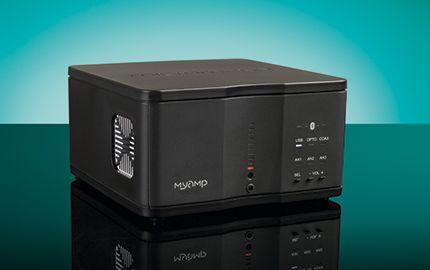
The name says it all. In a Googled-up world that monitors your every online movement in order to better sell you things you want to buy, this new miniature Micromega box catches the zeitgeist perfectly. The MyAmp is your amp, because you’re an individual. It’s something that’s made for you – yes, just you, and everyone else like you!
Well alright, I’ll excuse it the rather obvious name, because that’s the only thing predictable about it. Actually, if you were ninety nine out of a hundred small amplifier manufacturers, you’d probably do it differently – by which I mean much more cheaply. Looking inside the MyAmp, the cynic in me had expected to see a few nondescript Class D modules or some such – basically the easiest and most inexpensive way of getting it to make a squeak. But, surprisingly, the company has gone the Class AB power amplifier way. This doesn’t in itself guarantee superlative sound, but it does tell us that the designers haven’t been content to take the obvious option. Micromega uses a Class AB circuit that claims a solid 30W RMS per channel and twice that into half the load – this suggests the MyAmp’s 260W LLC Resonant Mode power supply (claimed to be equivalent to a 250VA transformer with 15,000µF capacitors) is up to the job.
The MyAmp is designed to be small and relatively powerful then, but its other key criterion is convenience. After all, what would be the point if it needed a raft of extra boxes to give it meaningful functionality? To this end, the unit has a built-in ESS Sabre Hyperstream DAC giving 24/96 via its electrically isolated USB input and 24/192 via optical and coaxial digital inputs. This means you can plug your CD player, DAB radio, Blu-ray player or PlayStation in, as well as your computer to play your hi-res files. This is undeniably handy, but another feature that’s really nice to have is aptX Bluetooth, and the MyAmp is thus equipped. There’s something really nice about pumping out your favourite tunes via the world’s most convenient remote control, namely your smartphone or tablet.
Then there’s the analogue inputs; three of them to be precise. Three’s a great number – just the one pair of RCA line ins (to connect the phono stage from my turntable) would probably do me. Importantly, unlike a number of similar ‘personal audio products’, the MyAmp doesn’t convert it to digital before going back to analogue – the analogue signal remains unalloyed as it progresses through. Other features include a 3.5mm headphone socket, a sub output and remote control sockets around the back. The binding posts are big and chunky, just about the best I’ve seen on a little amp.
In use, the Micromega works well. The 256-step volume control with its very fine 0.5dB steps is a little fiddly via the fascia buttons, but easier by the remote control; source selection is simple enough either way. A credit-card type remote control
is supplied, which I suspect is how most people will use it.
Sound quality
I first heard the MyAmp driving a pair of large Focal Scala v2 Utopia loudspeakers at this year’s Munich hi-fi show back in May, and was taken aback by how good it sounded – specifically its surprisingly open and expansive character. With a detailed midrange and unexpectedly powerful bass for its size and price, it doesn’t sound like most small amplifiers. Even driving my reference £7,000 Sonus faber Olympica II loudspeakers and fed from a £9,000 dCS Debussy DAC, the Micromega isn’t exactly overwhelmed. Most people, however, will use it with more sensibly priced ancillaries; my sample spends much of the review period driving Q Acoustics 2050i speakers, fed from my laptop computer via USB.
Via any of its three analogue inputs, the little MyAmp remains enjoyably smooth and even, never descending into coarseness, even with thin sounding and forward source material such as Gangsters by The Specials. Indeed this track proves great fun, with a bouncy and supple bass, a clear and detailed midband and a crisp, lustrous treble. There is certainly no sense of this dinky integrated being a cheap ‘lifestyle’ audio component; instead it sounds precisely like the fine compact amplifier that it is.
Moving to some slicker and more sophisticated soul music, and the Micromega continues to impress with Isaac Hayes’ Cafe Reggios, which sounds surprisingly sumptuous and inviting. This track is beautifully recorded and has some delicious silky string sounds running right through, which the MyAmp handles very respectfully. Unlike lesser small budget amplifiers, it remains both smooth and composed, doing just enough to give a realistic timbre to those gorgeous sweeping strings. At the same time, the amp bounces along in the bass and serves up a satisfyingly spacious recorded acoustic. In absolute terms, you can tell that there is a very slight softness to the cymbals, and lower down it doesn’t quite have the transparency of more expensive amplifiers, but it still makes a good stab at getting things right.
It’s time to try some seriously powerful percussive music and so K-Klass’ Rhythm is a Mystery is duly cued up – a powerful, pounding house track from the early nineties with massive tracts of thumping synth bass. If this doesn’t get an amplifier out of its comfort zone then nothing will, but the MyAmp responds rather demurely. It kicks out great big slabs of low frequencies, and even at high volumes it remains relatively composed, showing few signs of being perturbed by what it is being asked to do. It gets a bit warmer admittedly, but doesn’t seem to be sweating musically, remaining balanced across the frequency range with no obvious signs of discomfort higher up. This track can sound just a little bit forward, partly because it was recorded on early nineties DAT machines, but the Micromega doesn’t make a fuss and remains eminently listenable. Indeed, it should be able to drive any average or above average sensitivity pair of speakers; anything above around 88dB should really move air in your listening room. I find it works extremely well with a similarly priced pair of Q Acoustics 2050i floorstanders.
After confirming that it is capable of very respectable sound through its analogue input, I move to hi-res digital via the USB input. Kate Bush’s Fifty Words For Snow album at 24/96 is a joy to listen to. Such deep, rich, sonorous piano sounds on Snowflake are unexpected from a diminutive design such as this. I am also impressed by the icy clarity of Kate Bush’s voice, as it’s precisely the sort of thing that many budget amplifiers can fall over trying to get right. However, the MyAmp proves remarkably civilised compared with some rivals at the price here; it is a pleasure to experience such a wide and cavernous sound. There’s a certain directness and closeness you get from the digital input, which the analogue inputs don’t quite have, and it makes this track particularly moving to listen to it.
Bluetooth is undoubtedly a great convenience feature, although it shouldn’t really be used for serious hi-fi listening in my view, even the desirable aptX version fitted to the MyAmp. But one would never say this about the coaxial input, because when driven by a Cyrus CD Xt Signature transport things sound excellent. Of course, it cannot match the clarity, transparency and scale of some £1,000 amplifiers but then you wouldn’t expect it to. But put on a well recorded classical music CD such as a DG pressing of Beethoven’s Fifth Symphony and you hear a spacious, smooth and detailed sound that only gives a little away in terms of neutrality and fluidity to slightly pricier and larger designs. Even with such delicate and subtle programme material the Micromega performs remarkably well, giving a decent sense of the scale and dynamics of the recording.
The biggest criticism one would make is the lack of stereo depth, which isn’t exactly untypical for integrated amplifiers at this price.
Conclusion
Micromega has always been a purveyor of unusual and quirky products – it’s a long way from the rather bland, predictable and generic designs you often see coming from Japan, for example. So it was never any surprise that the MyAmp was going to be an interesting little box, and so it proves. In addition to its clever industrial design, the unit appears to have been built very well to do the job for which it is purposed. The small, robust case doesn’t get too hot even at high volumes, and is just big enough to house an amplifier able to drive most real-world loudspeakers to reasonable sound levels – and indeed, it tickles them in a really enjoyable and charming way. The Gallic flair that the aesthetic and ergonomic design shows also applies to the way it makes music. Despite giving an engaging sound, it remains surprisingly refined; sophistication such as this is unexpected from a product of this price. If you’re looking for a compact amplifier to make music in your study, bedroom or kitchen I can think of few that are better than this.
LIKE: Size; style; packaging; sound; flexibility
DISLIKE: Nothing at the price
WE SAY: Lovely, characterful, compact integrated amplifier; best in classh for the study
DETAILS
PRODUCT Micromega MyAmp
ORIGIN France
TYPE Amplifier/DAC
WEIGHT 1kg
DIMENSIONS (WxHxD) 140 x 75 x 140mm
FEATURES
• Quoted power output: 2x 30W RMS (8ohms)
•l 1x USB, 1x optical, 1x coaxial digital inputs
• 3x analogue inputs
• ESS Sabre Hyperstream 24-bit/192kHz DAC
• Headphone output
DISTRIBUTOR Wireworld UK
TELEPHONE 0208 9919200
WEBSITE wireworldcable.co.uk
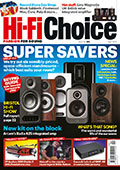 |
Inside this month's issue: Arcam Radia A25 integrated amp, iFi Audio iDSD Diablo 2 DAC/headphone amp, Eversolo DMP-A8 streamer/DAC/preamp, Line Magnetic LM-845IA valve amp, Record Store Day Spring Drop, standmount loudspeaker Group Test and much, much more
|
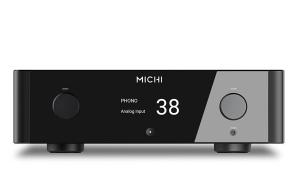
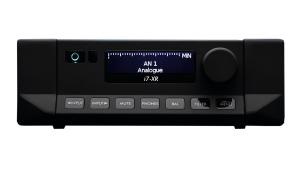
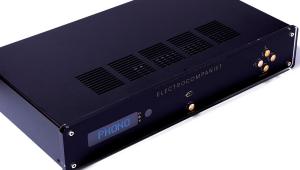
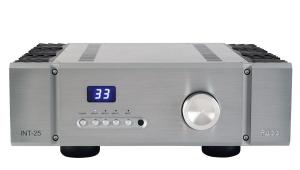
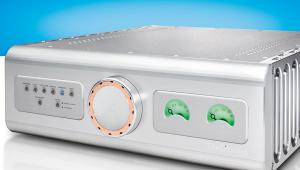
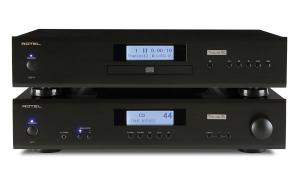
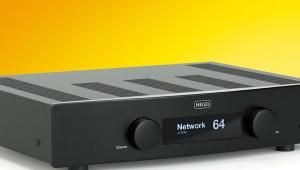
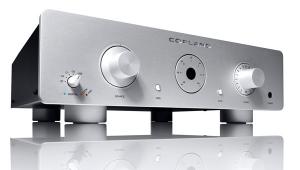
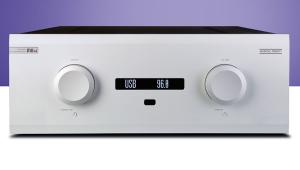
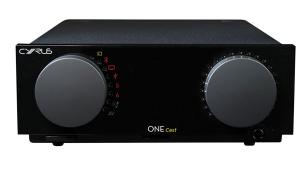
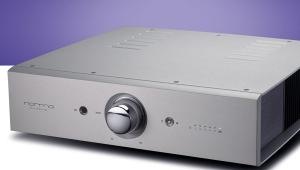
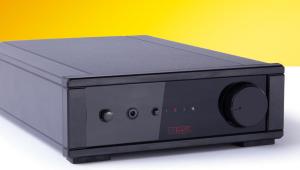
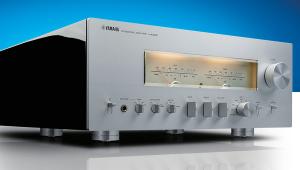
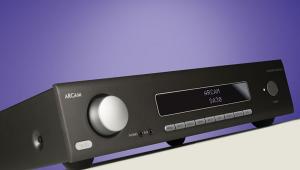
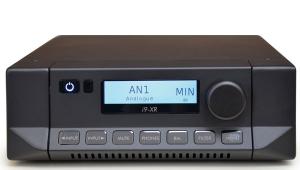
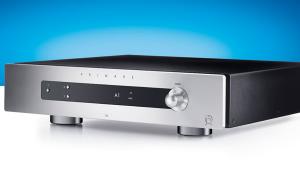
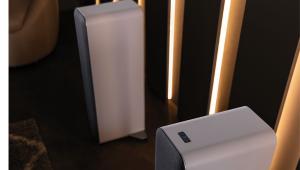
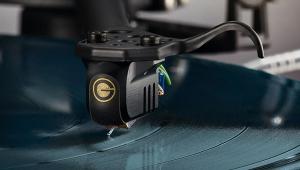

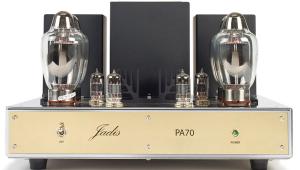
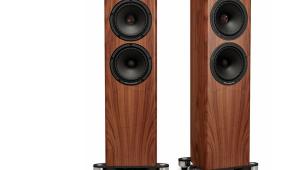
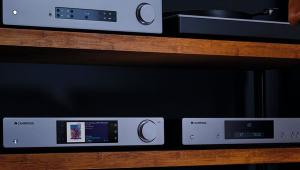
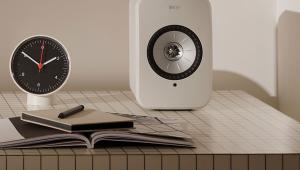
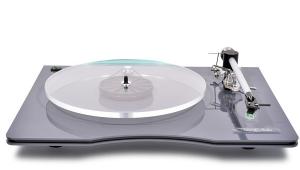
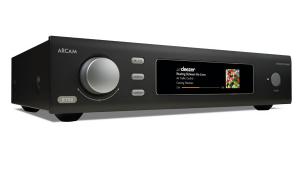
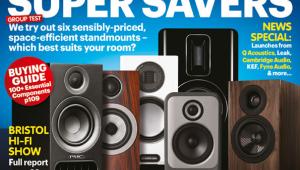
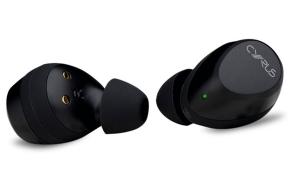
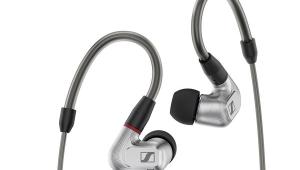
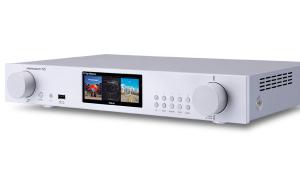
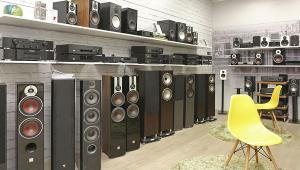
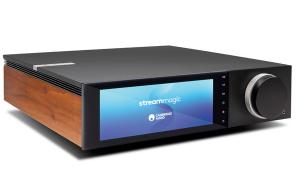


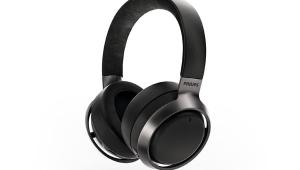
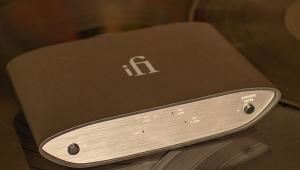
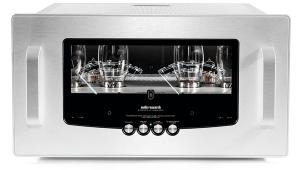
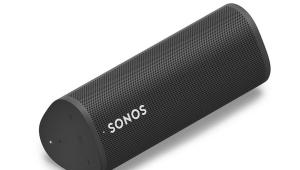
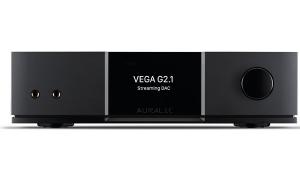
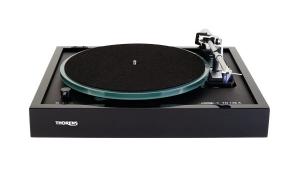
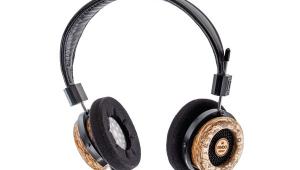
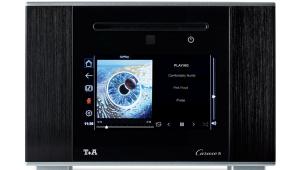
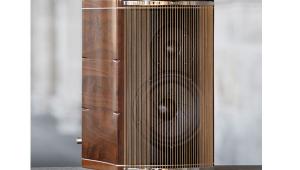
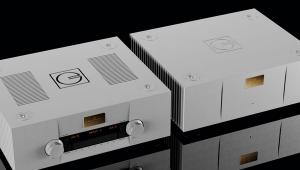
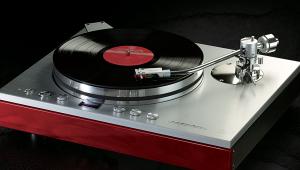
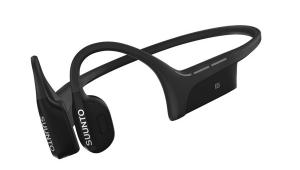
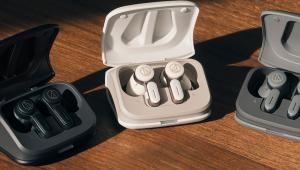
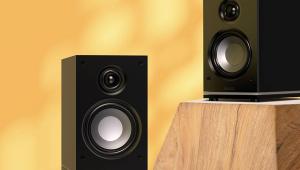
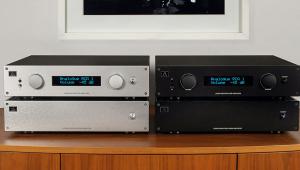
.jpg)



